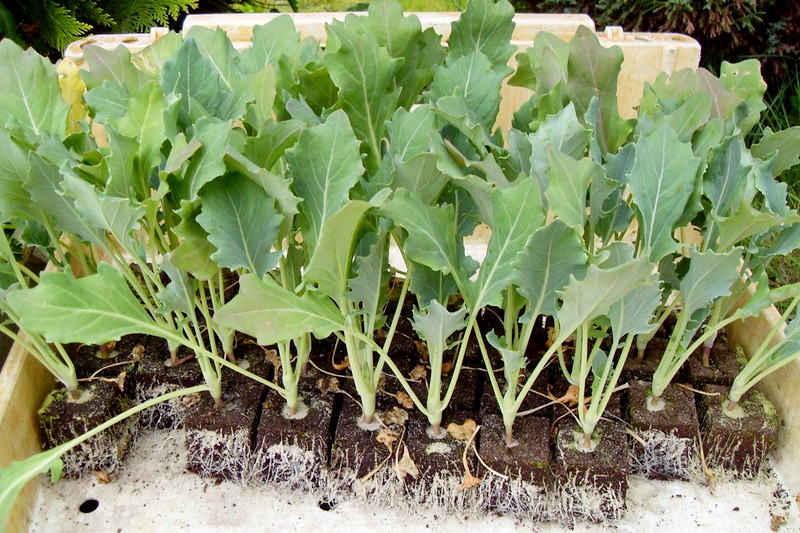
Kohlrabi (translated as turnip cabbage) is one of the varieties of cabbage known to all of us, the edible part of which is the stem, which in shape resembles turnips, and to taste - cabbage stalk. The culture is deservedly in great demand for a large number of vitamins, minerals, ascorbic acid (it is more than in some citrus fruits).
In addition to nutritional value, it is also attractive for agricultural technology: it tolerates low temperatures, there are no special preferences for soil, it does not require frequent watering and, which is very important for many, it takes up very little space on the site (it grows well between other crops).
Content
When to plant seeds for seedlings
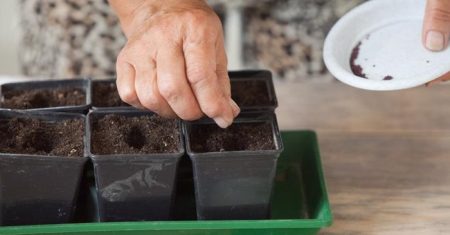
Kohlrabi is a vegetable not only useful, but also unique, since the crop can be harvested three times per season, sometimes more often, varying the timing of sowing seeds for seedlings.
Before deciding on the timing of planting, you need to decide which varieties grow and for what purpose. Early ripe and mid-ripening kohlrabi are planted for consumption in the summer, and late ripe - for autumn consumption and storage.
The age of seedlings of early varieties during transplantation (from the moment of sowing) is 40-45 days, mid-season - 30-35 days, late - 45-50 days. The period of seed germination is 3-4 days.
As a rule, early varieties are grown in seedlings, and the rest can be grown directly in the soil.
Seeding time:
- For seedlings, seeds of early varieties are sown in March (10-20 numbers) at home or in a greenhouse with heating, diving into peat tablets or cups. Seedlings are planted on the ridge in the presence of at least 4 leaves in the period from April 25 to May 5. In the first decade of June, it will be possible to harvest the first crop.
- The next (second) term for sowing seeds is from May 1 to May 5 directly to the bed under the shelter from the film. On June 10-15, cabbage can be planted, and the vacated space after harvesting the first crop can be prepared for planting a new batch.
- In June (20th-25th), the next (third) batch of seeds for a late harvest is sown on a ridge under a film or in a nursery, which is collected in early October. It will be possible to plant seedlings in the interval from July 25 to August 1. Harvest of the 2nd sowing will be ready and this place will be vacated.
Seed preparation
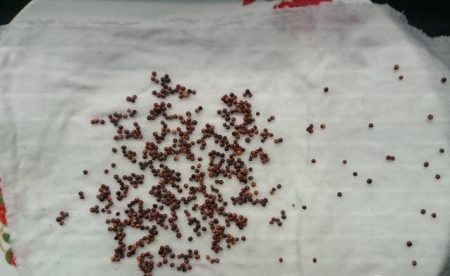
When choosing seed material, it is necessary to familiarize yourself with the information about the variety in order to correctly determine the terms and conditions of cultivation. Otherwise, it may happen that early varieties that are poorly stored are stored or, in anticipation of an early harvest, late varieties are sown.
Planting material needs to be prepared in order to get good germination and strong seedlings. To do this, first dip the seeds in a tissue bag in water at 50 ° C for a quarter of an hour, then for 1 minute - in a cold one. Then 12 hours in the refrigerator, spread out on a saucer and covered with a napkin.
At the next stage, place the seeds in a nutrient medium (for example, a solution of 1 teaspoon of Ideal in 1 liter of water) for a third of an hour, rinse under running water and dry.
Seeds collected on their own are subject to processing, and those purchased in the store have already undergone special training, but, if desired, it can be repeated.
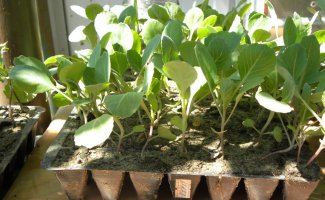
Growing cabbage seedlings at home
In order for the cabbage to yield a good crop, you should think about the stages of its cultivation when planting seedlings. Consider ...
Soil preparation
It is not recommended to use land from the garden for seedlings because of the danger of the presence of spores of fungi and pathogens of various infections in it. It is better to take the prepared soil specifically for cabbage seedlings or to prepare a loose soil mixture from high-quality humus and sod land (take equal parts). You can immediately disinfect the entire mixture or separately each of the components using 1% manganese solution.
The ash added to the soil mixture will provide it with microelements and will serve as an antiseptic.
Seeding methods for seedlings
For sowing kohlrabi on seedlings, it is possible to use options: with picks and without them. The first method involves sowing in a common container, and the second in individual containers.
Pike Crop
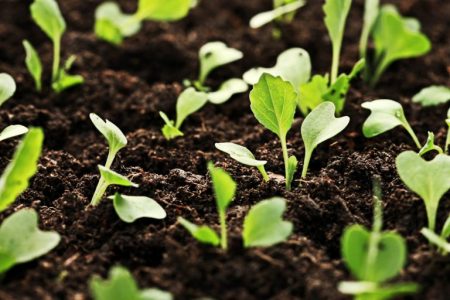
Pour the soil mixture with a layer of 4-5 cm into low boxes and moisten, allow to settle. Spread the seeds, keeping 1-2 cm between them, into shallow grooves (1-1.5 cm), sprinkle with earth and slightly compact.
The optimum temperature for germination is 18 ° -20 ° C, the lighting should be good, but it is better not to place the boxes in direct sunlight. After emergence (4-5 days), the temperature should be lowered to 7 ° -9 ° C, so that the seedlings do not stretch.
When the sprouts grow up, on a 10-12 day you can start picking, having prepared containers in advance. Transplant early varieties into glasses with a neck 8x8cm, the rest 6x6cm or 7x7cm, after which the temperature should be maintained in the range of 17 ° -18 ° C for 2-3 days, then lowered to 13 ° -14 ° C during the day and to 10 ° -12 ° C at night.
Lighting levels can be increased by installing fluorescent lights. Kohlrabi is photophilous and a lack of light leads to elongation and lodging of seedlings, which will further complicate the transplant.
Sowing without picking
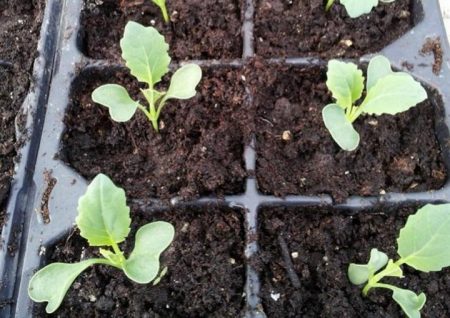
The use of peat tablets (41-44 mm in diameter), special cassettes with cells (height 7-8 cm) for seedlings, cups with similar sizes and containers separated by partitions into separate cells will help to avoid picking.
2 seeds should be planted in each container, deepening them by 1-1.5 cm. Then a weak sprout is removed.
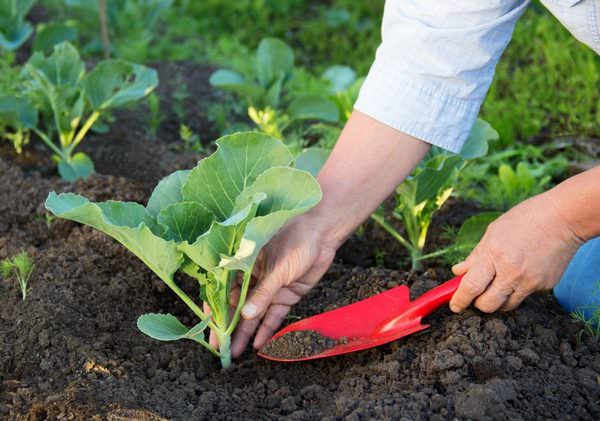
When on the lunar calendar to plant cabbage for seedlings in 2018
Cabbage is a cold-resistant vegetable that can be planted for further cultivation in early spring. Early grades ...
How to care for seedlings
The care procedures are simple and uncomplicated, but all of them, taken together, ensure the growth of healthy and strong seedlings.
Stages of care:
- Watering should be moderate, to prevent drying of the earth and flooding of the roots, leading to their decay. To maintain the necessary soil moisture will help loosening.
- Provide a sufficient level of illumination during the day (12-15 hours) with the help of additional illumination.
- Maintain daytime temperatures within 17 ° C, nighttime - slightly lower.
- To add additional nutrition by spraying (foliar top dressing) in the presence of 2 leaves, using a solution of ½ tablet of trace elements or ½ tsp. complex fertilizers in 1 liter of water. The next top dressing consists of urea and potassium sulfate (1 tbsp each), dissolved in a bucket of water (10 l). Spray each seedling with a solution during the hardening period.
- Start hardening 10-14 days before transplantation - take out the boxes on the balcony, loggia, open the window (window). Hardening is necessary, as it makes it possible to adapt to changes in temperature, sunlight. Seedlings that have passed this procedure will withstand low temperatures up to -7 ° C, and unprepared - up to -4 ° C.
When and how to plant seedlings
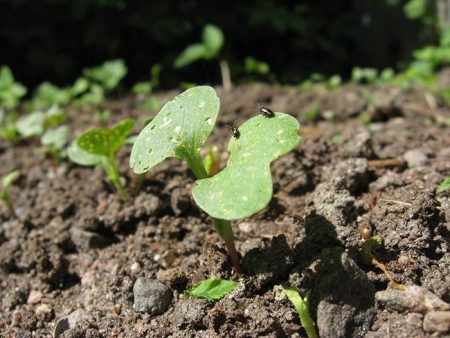
Planting seedlings on the ridge is recommended to start when the air warms up to + 8 ° C - lower temperatures cause further shooting. The availability of seedlings is reported by the presence of at least 5 leaves.
1 week before planting, stop watering, but be sure to shed the soil 2 hours before transplanting.
The bed should be dug up in advance so that the soil settles. It is advisable to carry out the transplant procedure in the evening or when there is no sun.
Between the wells of early varieties try to maintain a distance of 60x20 / 70x30cm, 60x40 / 70x45cm - for late ripening, to deepen the seedling to the leaves.
For good rooting and rapid growth, it is recommended to close the ridge with a film or agrofibre, as well as protect it from the bright sun in the first days after transplantation.
How to grow large kohlrabi - practice advice
If you pinch the roots of the seedlings of the Giant variety when planting, then the growth is more intense and the mass of the "head" reaches 4-5 kg against no more than 2.5 kg during normal planting. The pulp of the fruit grows juicy, sweet and very tender. In addition, the plant tolerates infrequent but abundant watering well.
It is not difficult to grow kohlrabi seedlings at home on the windowsill - you need to arm yourself with knowledge about the characteristics of culture and put them into practice, and their correct application will certainly give a good result.

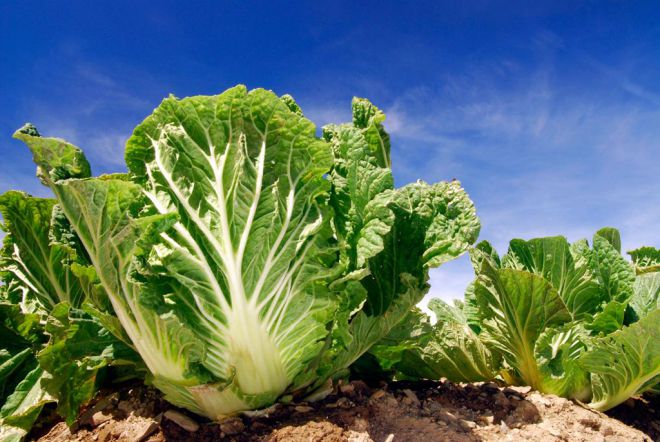 How to grow Chinese cabbage on your site?
How to grow Chinese cabbage on your site?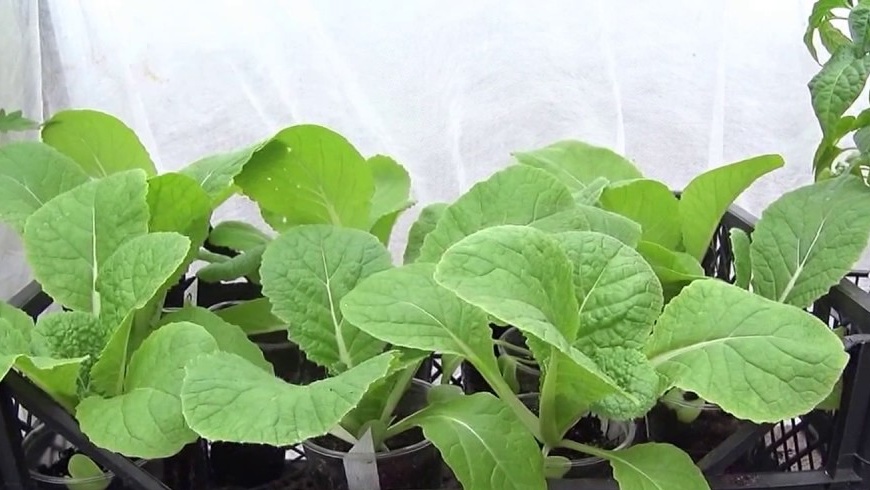 When to plant Chinese cabbage on seedlings in 2024
When to plant Chinese cabbage on seedlings in 2024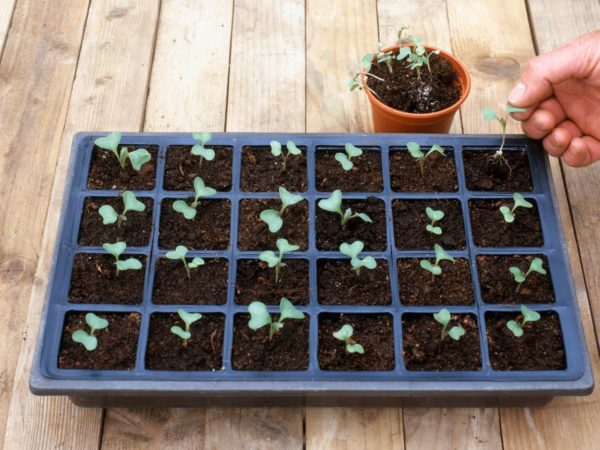 When to sow cabbage for seedlings in 2019 on the moon
When to sow cabbage for seedlings in 2019 on the moon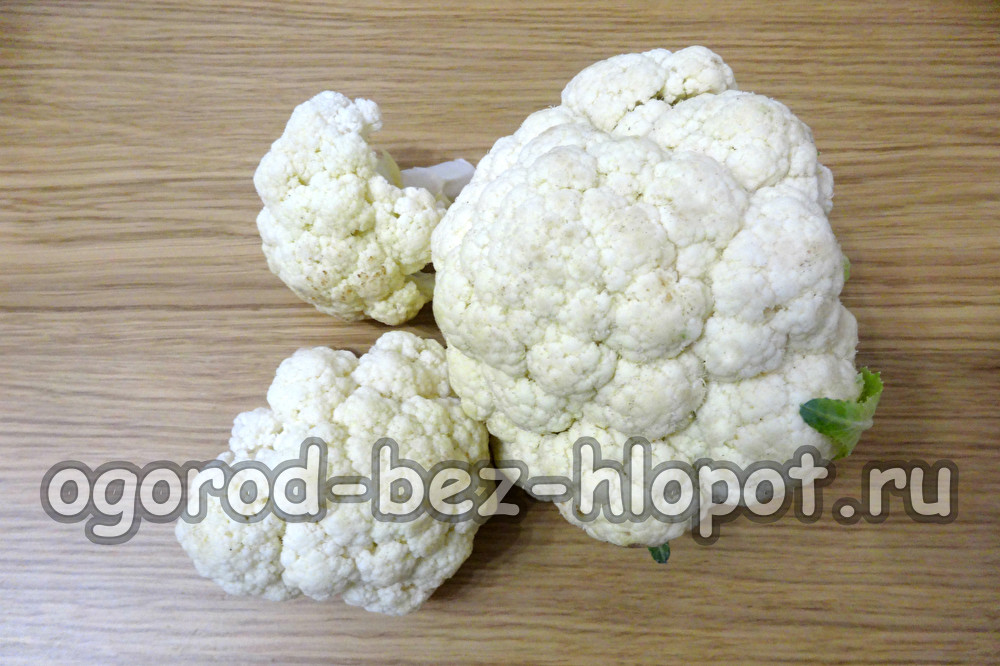 Cauliflower: how to grow large snow-white inflorescences
Cauliflower: how to grow large snow-white inflorescences